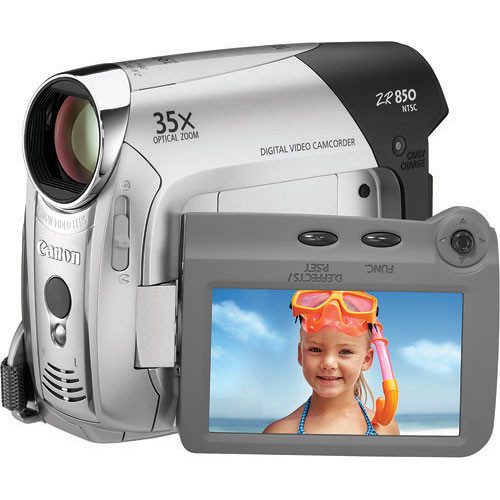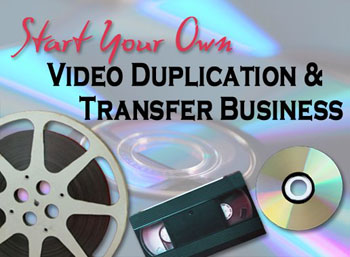
If you want to transfer video to a computer, here’s what you need to know.
The video must be in a digital format the computer can read, with digital video clips saved to the computer itself or some other connected storage device.
The transfer process can also called capture, import, copy, save, download, etc.
You can get video from digital devices (newer camcorders, DVD/CDs or other storage media) or analog sources (older camcorders or VCRs), as well as from the Web or by e-mail.
- If you have video editing software on your computer, it will probably come with sample clips to use. It will certainly have instructions on how to transfer video or import video so you can edit.
- Video clips abound on the Web, from ClipBlast to YouTube and more. Many can be freely transferred or downloaded to your computer. Most of the time you can just right-click the file and choose “Save As” or Add to Favorites. Saving a video clip attached to a e-mail usually takes just a click or two. Do a Save As or Download Attachment.
- Video clips on your camcorder can be transferred or captured to your computer. Newer digital cameras will need a cable to hook up to your computer (check the user’s manual for the type of connection, often FireWire for a Mac or USB for a PC). Once connected, the video transfer can be done directly from the camera to the computer, or through an editing program.
- To transfer video from older analog cameras or VCRs, you will need a computer capture card or analog-to-digital converter device with the appropriate type of connection port before you can transfer video to your computer. Once connected, the video transfer is done from the camera to the device to the computer, and through an editing program.
Extra Tips
• Video files typically end with the extensions like .avi, .mpg, .mov, .or .qt. Check your editing software to see what kinds of file formats it uses. Check your camera to see what kind of video it records.
• Video files are giant. You’ll need a lot of space on your computer and a lot of processing power in your computer to use them efficiently.
• Do not violate copyright laws. It’s OK to practice editing with copied clips, but don’t distribute anyone else’s video without permission. Some video clips are already ”˜copy-protected’, and you may not be able to work with them.
I hope this has helped you learn how to transfer video. If you would like us to do it for you, we are happy to help. We transfer video, film, slides, photos and more. Check the link or give us a call – 401 253 2800.
 |
Transfer Video to DVD and More For Profit |






Recent Comments